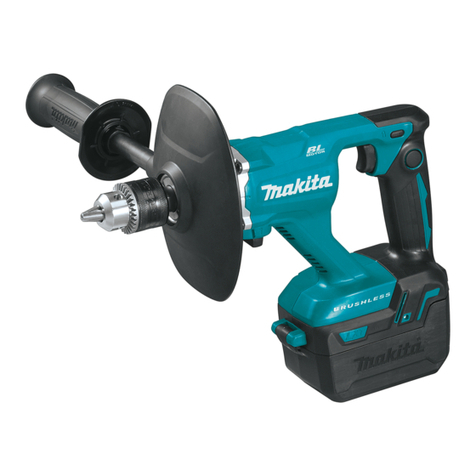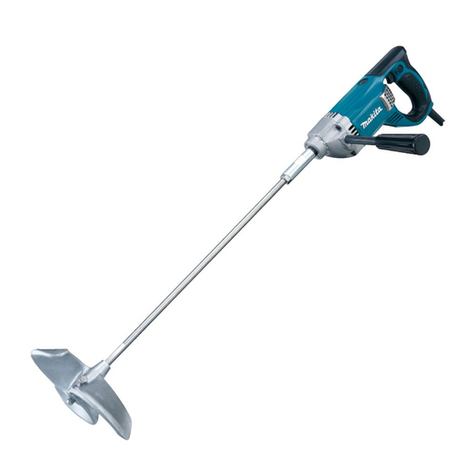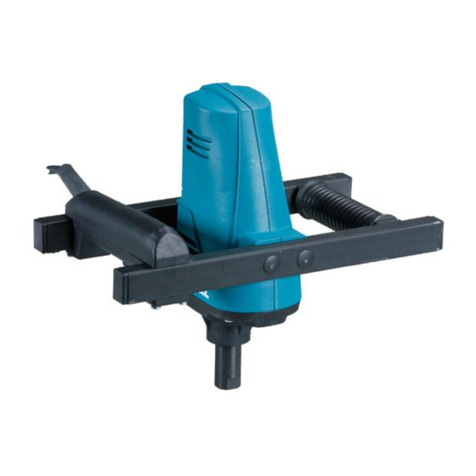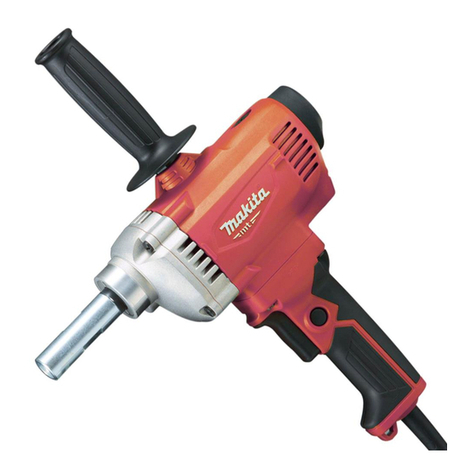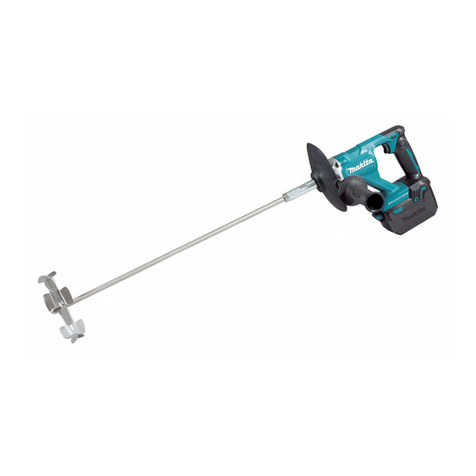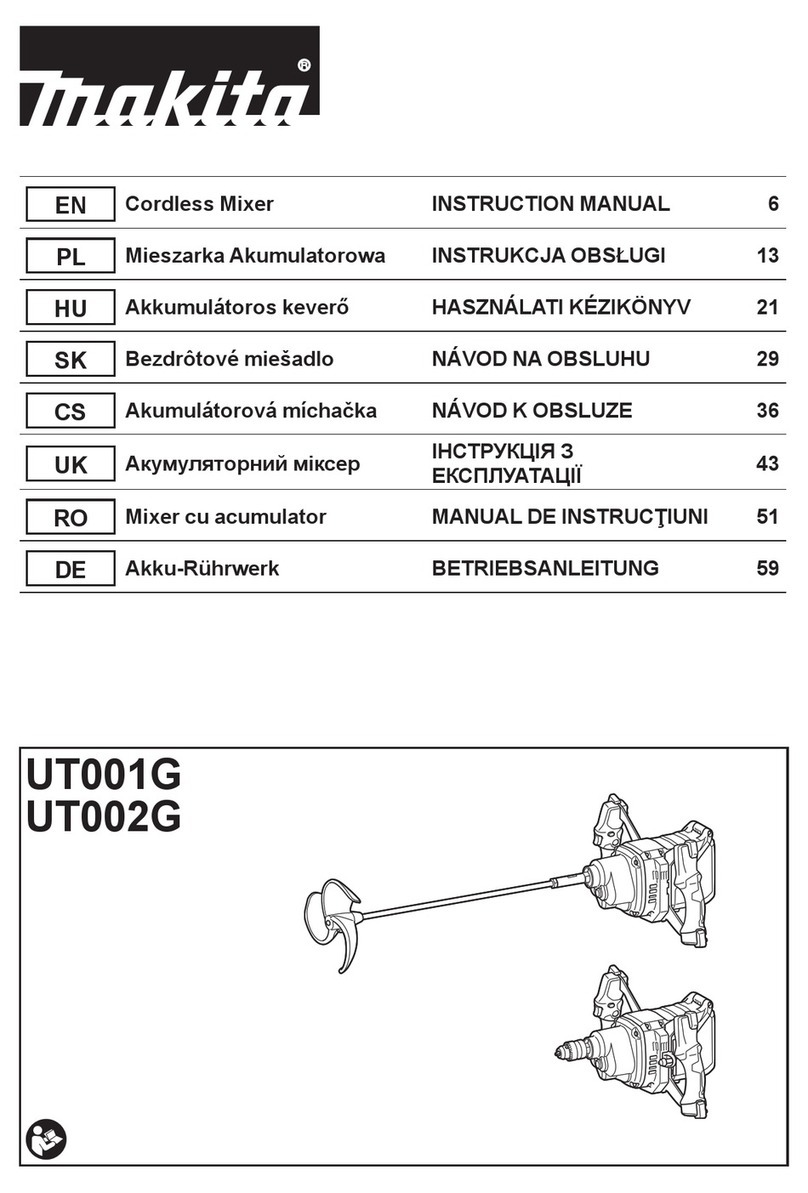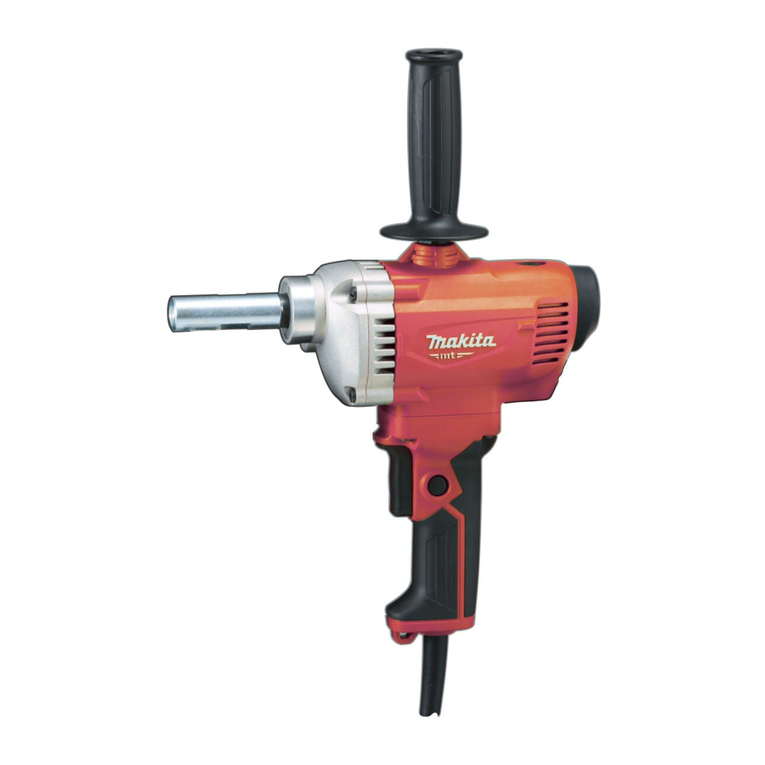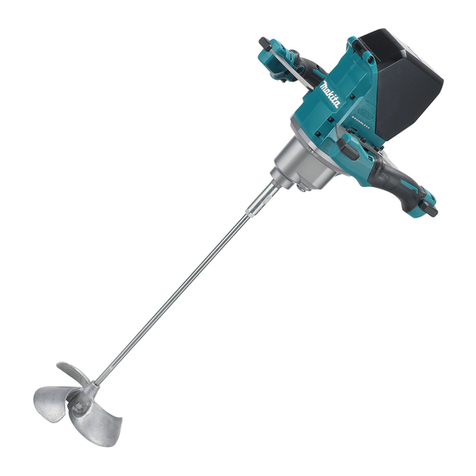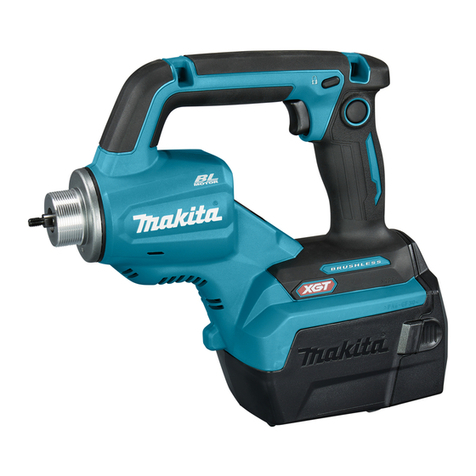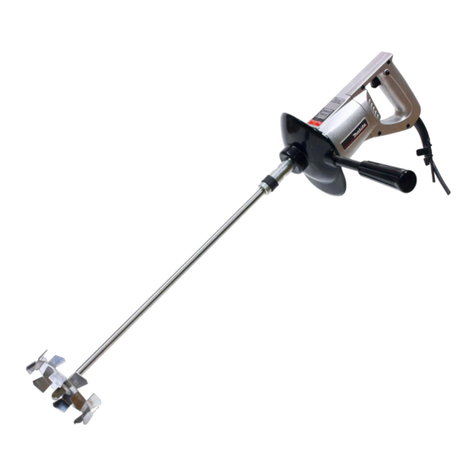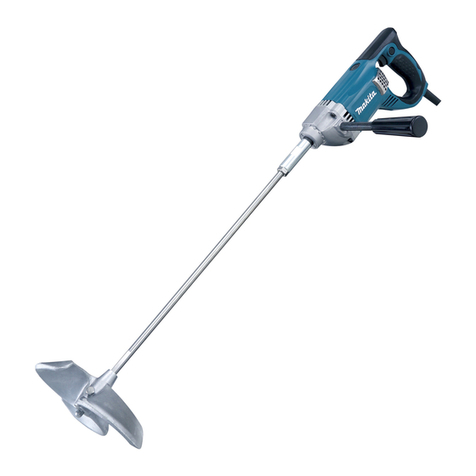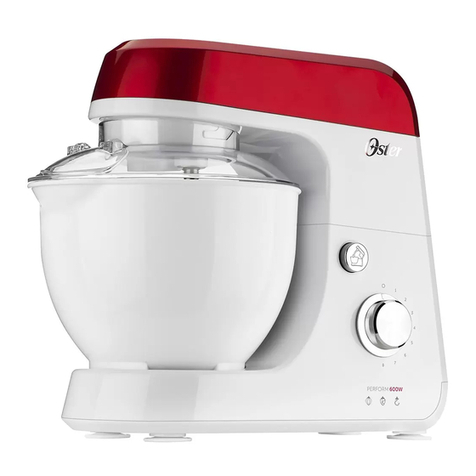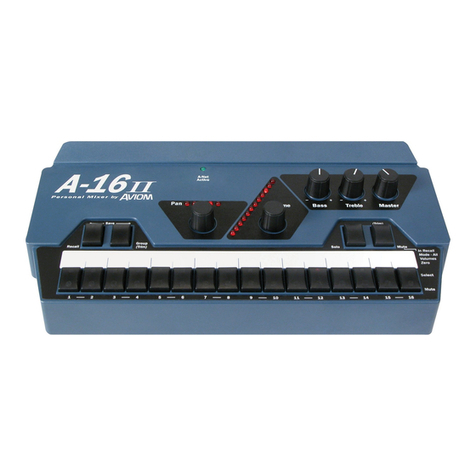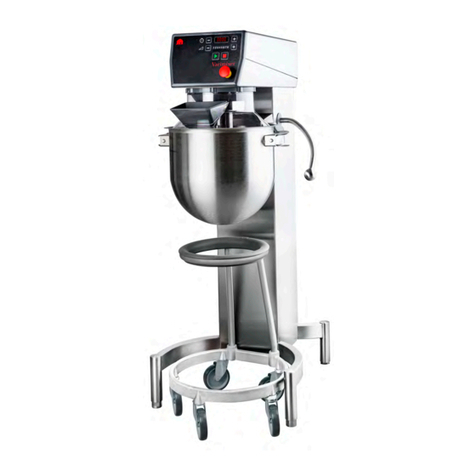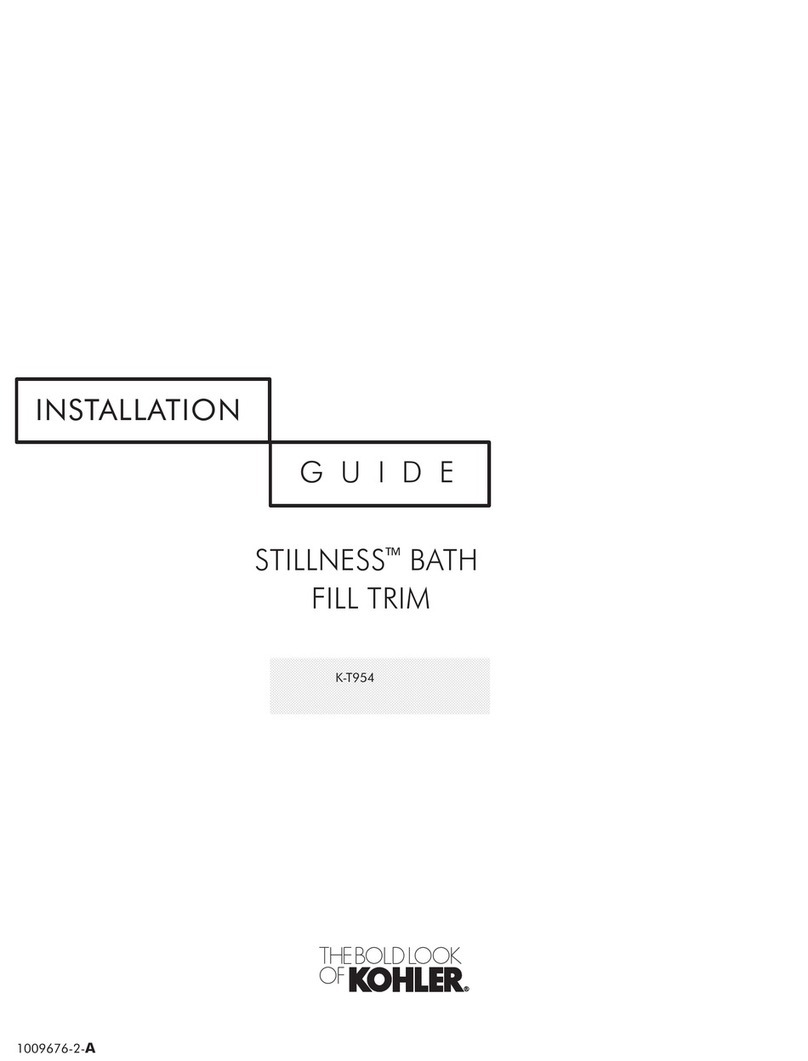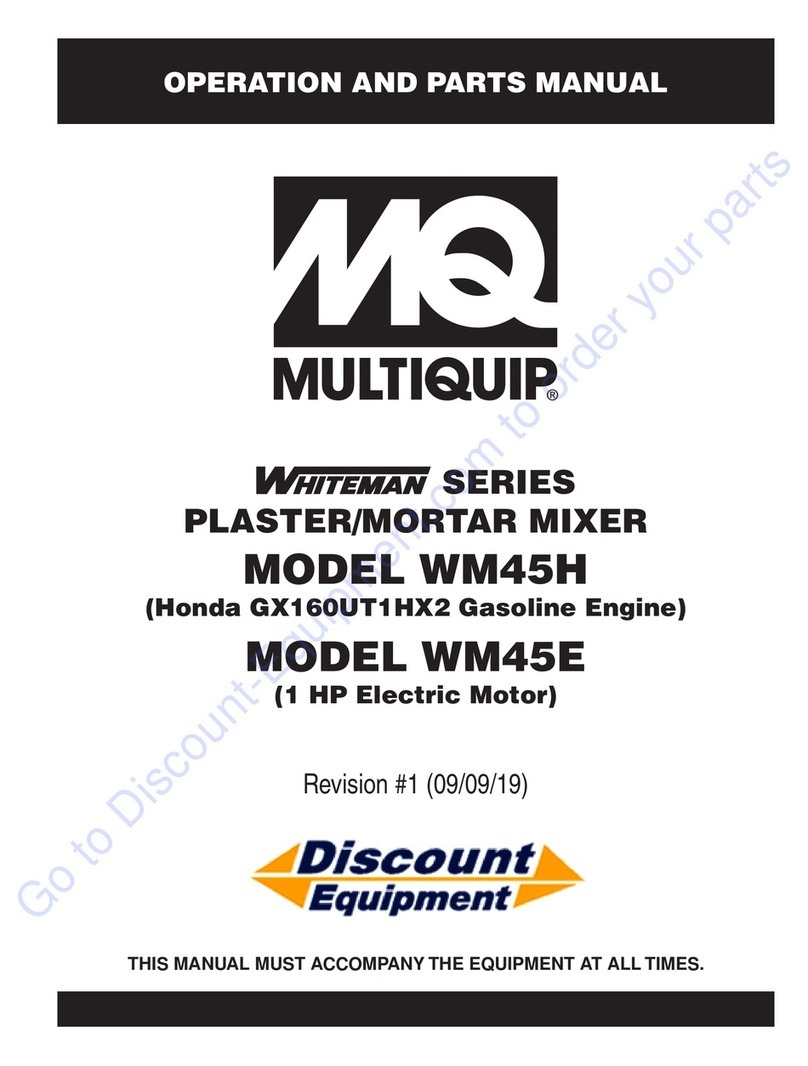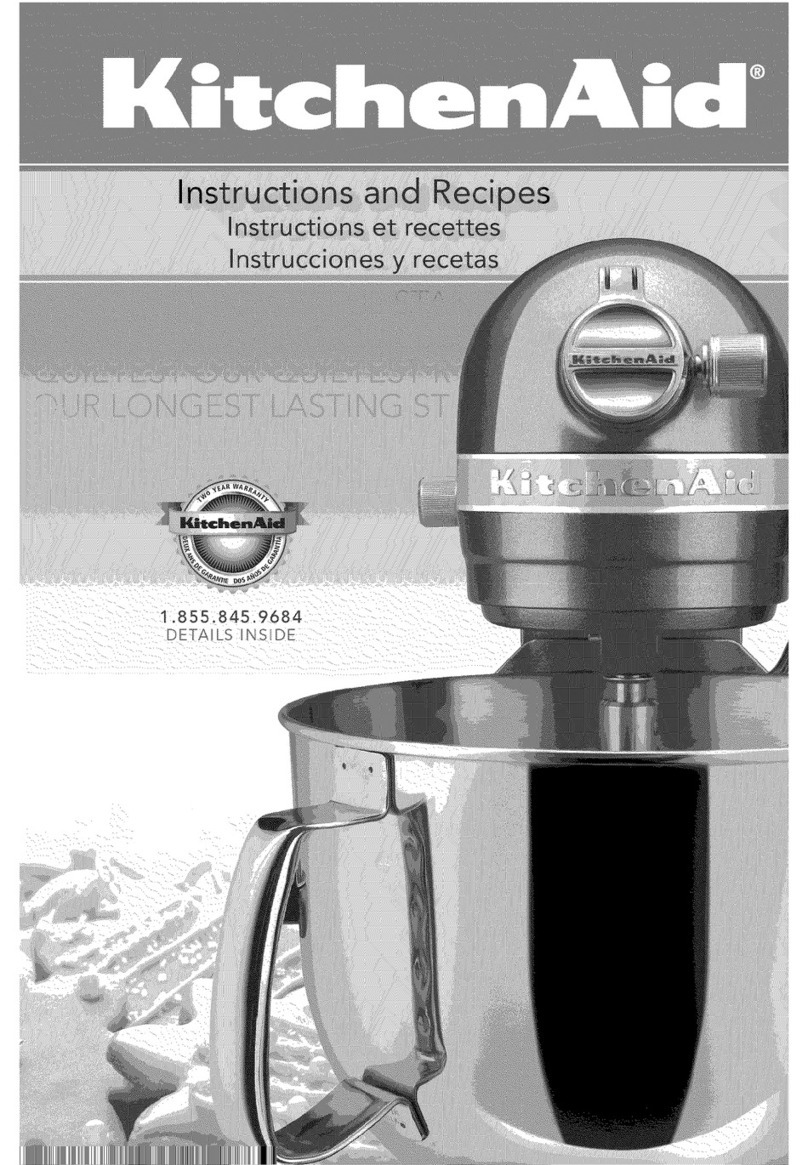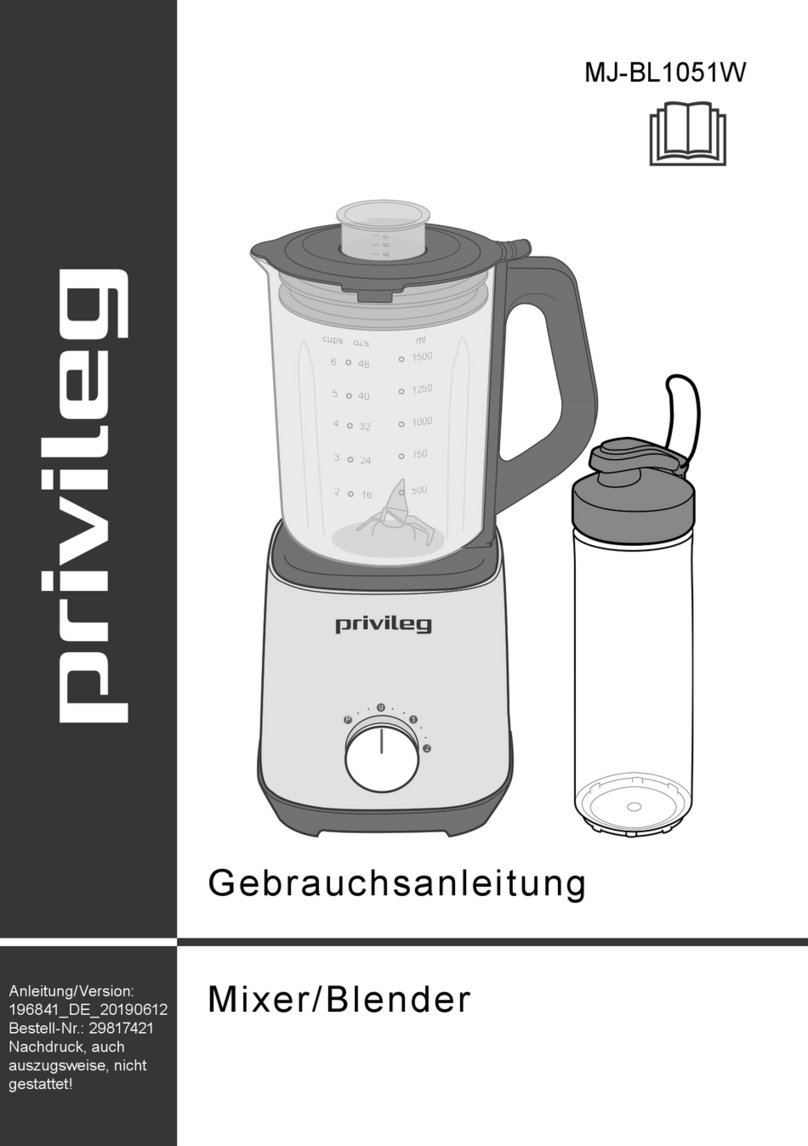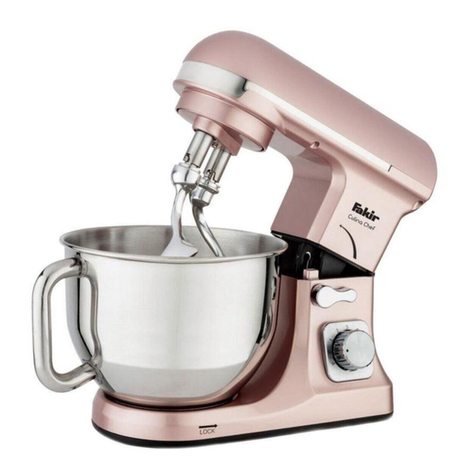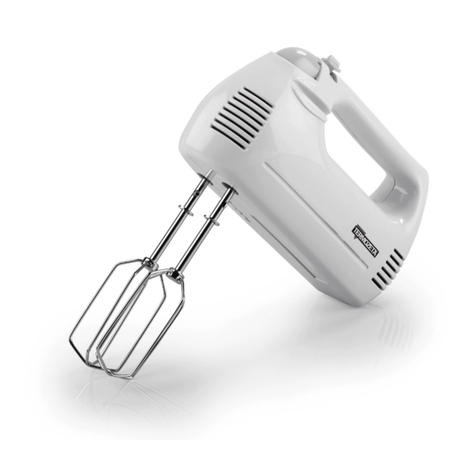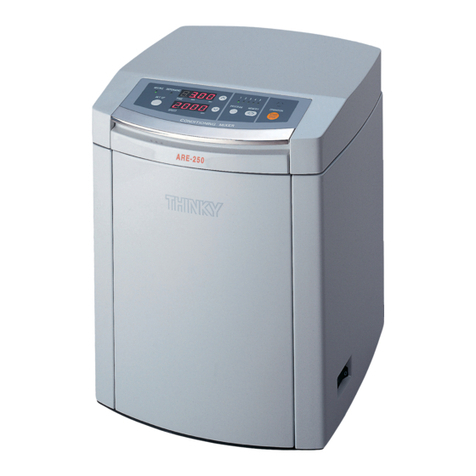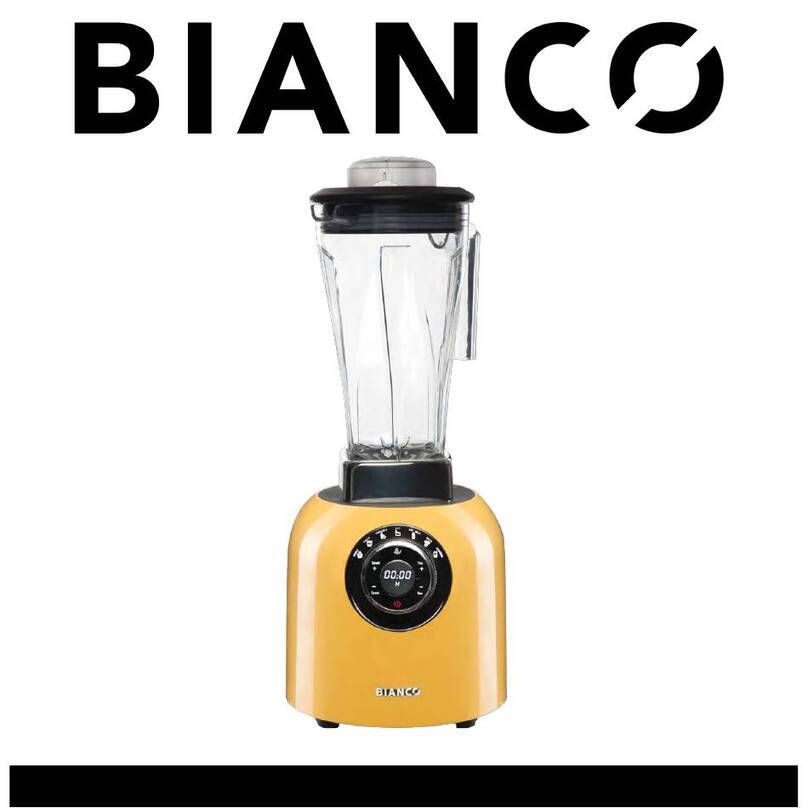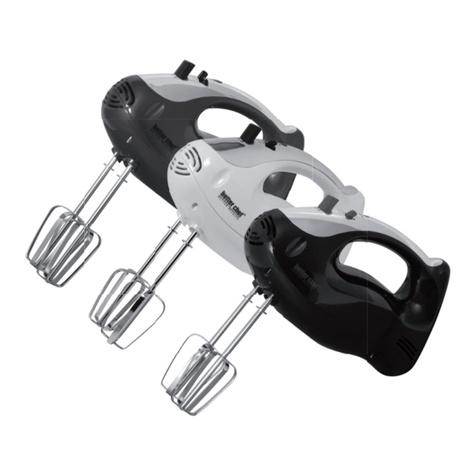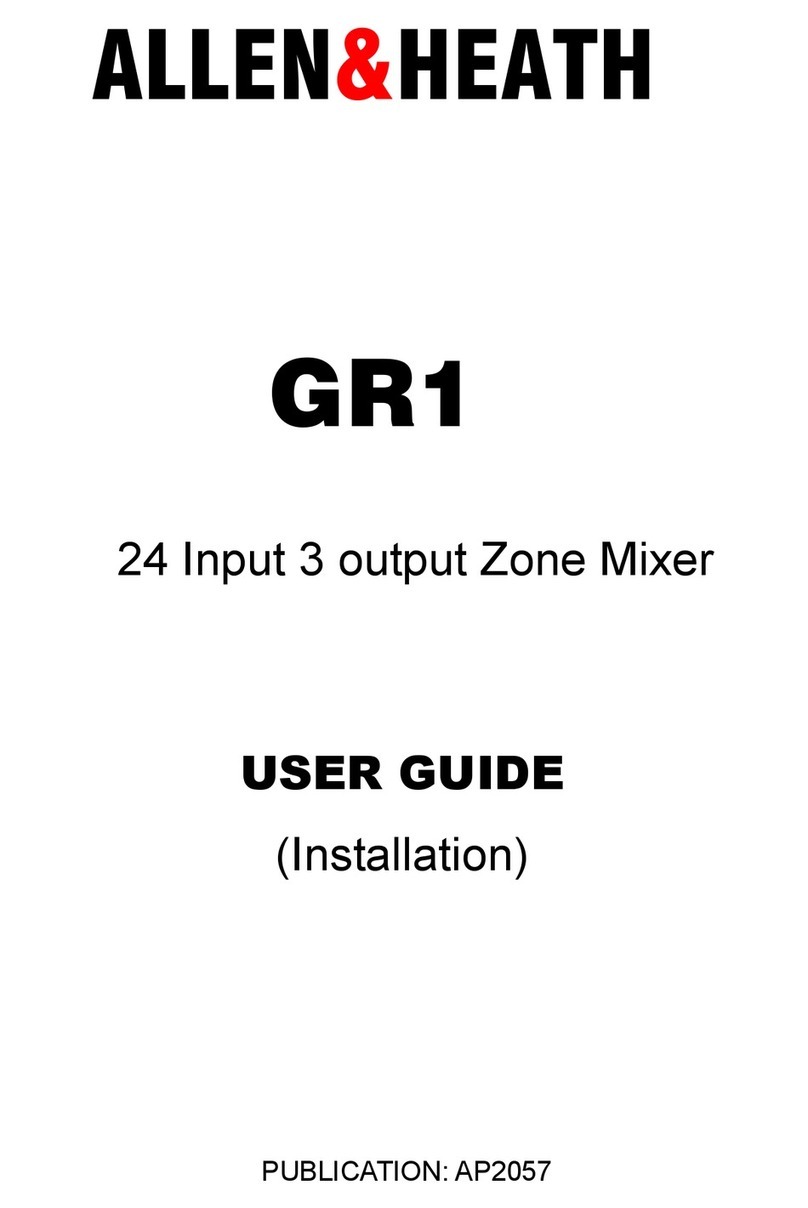
4
immediately after operation; they may be
extremely hot and could burn your skin.
8. Some material contains chemicals which may
be toxic. Take caution to prevent dust
inhalation and skin contact. Follow material
supplier safety data.
SAVE THESE INSTRUCTIONS.
WARNING:
MISUSE or failure to follow the safety rules stated in
this instruction manual may cause serious personal
injury.
FUNCTIONAL DESCRIPTION
CAUTION:
• Always be sure that the tool is switched off and
unplugged before adjusting or checking function on
the tool.
Switch action
Fig.1
CAUTION:
• Before plugging in the tool, always check to see
that the switch trigger actuates properly and
returns to the "OFF" position when released.
To start the tool, simply pull the switch trigger. Release
the switch trigger to stop.
For continuous operation, pull the switch trigger and
then push in the lock button.
To stop the tool from the locked position, pull the switch
trigger fully, then release it.
Indicator lamp
Fig.2
The green power-ON indicator lamp lights up when the
tool is plugged to the mains. If the indicator lamp is lit but
the tool does not start even if the tool is switched ON,
the carbon brushes may be worn out, or the motor or the
switch may be defective. If the indicator lamp does not
light up, the mains cord or the indicator lamp may be
defective. When the mains cord is defective, the tool
neither starts nor lights the indicator lamp. When the
indicator lamp is defective, the tool starts without the
indicator lamp lighting up.
ASSEMBLY
CAUTION:
• Always be sure that the tool is switched off and
unplugged before carrying out any work on the
tool.
Installing shaft
Fig.3
Tighten the shaft with hex. Nut into the shaft holder as
far as the hex nut comes into contact with the holder..
Hold the notch in the shaft holder with wrench 19 so that
it cannot revolve. With the notch held so, tighten the hex
nut with another wrench 19 in the direction of arrow
Fig.4
Installing mixing blades
Fig.5
Fig.6
Insert the mixing blade into the shaft and secure it with
the hex bolt.
At this time, position it so that the top end of the hex bolt
always fits to the flat surface on the shaft and tighten the
hex bolt with the provided wrench.
When installing the mixing blades at two different
positions (which is applicable only to the mixing blades
allowed to do so), mount and secure the two mixing
blades on the flat part of the shaft with the hex bolts so
that the same surface of blades faces each other as
shown in the figure.
Fig.7
Fig.8
OPERATION
Mixing
CAUTION:
• Do not use to mix flammable material such as paint
with thinner used as solvent. Failure to do so may
cause injury.
1. Hold the rear handle of the tool with one hand and
the grip with the other hand firmly, place the
mixing blade under material fully and turn on the
tool after making sure work site safety.
2. Move the mixing blade up and down during the
mixing operation so that whole part of material
can be mixed.
3. When finishing mixing, turn off the tool, make sure
that the mixing blade has come to a complete stop,
and then pull it out of the vessel.
MAINTENANCE
CAUTION:
• Always be sure that the tool is switched off and
unplugged before attempting to perform inspection
or maintenance.
Replacing filter
Fig.9
Replace the filter regularly as the cooling efficiency of
the tool is reduced due to built-up dust or particles in
the filter.
